Shortest possible trekking to Mount Everest Base Camp (5364m) and Kalapathar (5600m) by human effort in 12 days with Kathmandu -Lukla -Kathmandu flights and 11 days trek from Lukla back to Lukla. Balcony view of Mount Everest from Kalapathar, play hide-and-sick in Khumbu glacier, Khumbu-Nuptse ice-fall’s cracking sounds.
Express Everest Base Camp Trek Highlights Include
- Most spectacular and adrenaline Kathmandu -Lukla -Kathmandu flights
- 360-degree’s panoramic views of Everest, Nuptse, Lhotse, Pumori, and countless other spectacular Himalayan peaks from Kalapathar view point.
- Experience the warmth of the Sherpa culture, Tibetan Buddhist monasteries, and unparalleled beauty.
- Tyangboche, the most famous and important Buddhist Monastery in Nepal.
- Dingboche (14,295 ft.), possibly the highest altitude in the world where barley is grown.
- Trek would appeal to anyone who is looking for a challenging trek in Everest region of Nepal.
- Staggering and versatile mountains, glaciers, beautiful fir, juniper and rhododendron forests in Sagarmatha National Park
Express Everest Base Camp Program
Day 1: 35 min flight to Lukla (2840m), trek to Jorsalle (2805m), 5-6 Hrs
Day 2: Trek to Namche Bazar (3440m), 5-6 Hrs
Day 3: Visit Everest View Point. Explore twin villages of Khumjung and Khunde
Day 4: Trek to Tengboche Monastery (3867m), 5-6 Hrs
Day 5: Trek to Dingboche Village (4358m), 5-6 Hrs
Day 6: Explore Chhukung Village(4730m), 4-5 Hrs
Day 7: Trek to Lobuche (4910m), 5-6 Hrs
Day 8: Trek to Gorakshep (5180m). Sunset from Kalapathar View Point (5600m), 8-9 Hrs
Day 9: Hike to Everest Base Camp (5364m), trek back to Pheriche (4243m), 8-9 Hrs
Day 10: Trek to Namche Bazaar (3440m), 7-8 Hrs
Day 11: Trek to Lukla town (2840m), 7-8 Hrs
Day 12: Fly to Kathmandu (1300m), 35 min
Express Everest Base Camp Price: US$1155 Per Person
(Kathmandu -Lukla -Kathmandu flights, required trekking permissions and national park permit fee, domestic airport transfers, meals and accommodation during the trek, trek guide)
Express Everest Base Camp Price Includes
- All necessary trekking paper works such as trekking permit (TIMS), national park entry permit & conservation permit
- Sagarmatha (Everest) National Park Permit fee
- Trekking Permit (TIMS) fee
- Everest region experienced government licensed and trained local English speaking guide
- Local people operated room in lodges
- All hot meals (breakfast, lunch and dinner with cup of tea on each meals) on trek as per itinerary
- Treated drinking water to fill in your bottle
- Camp/dine fire/warm up charge where available
- Guide staff/porter foods, insurance, salary, equipment, transportation & local taxes
- All road transport by public/private vehicle as per itinerary
- KTM-LUA-KTM round way internal flights with domestic airport taxes
- Applicable government taxes
- Hotel Domestic airport/bus park-hotel transfers service
- Travel and rescue arrangement support
- Trip crew medical supplies (first aid kit)
- Trip success certificate (case of trip success)
- Airport transfer to KTM Airport by vehicle after trip
Express Everest Base Camp Price Excludes
- International flight, Nepal visa fee, insurance and personal expenses, single supplements
- Accommodation, lunch and evening meals in Kathmandu
- Bar bills and laundry
- Porter: US$198 for one porter who carries 20-24 kilo baggage
- All except explained in “Price Includes” section above
NOTE: On adventure trek on this type, weather, local politics, transport or a multitude of other factors beyond our control can result in a change of itinerary, it is however, very unlikely that the itinerary would be substantially altered; if alterations are necessary your guide will decide what is the best alternative consulting with you, taking into consideration the best interests of the whole group. Where a change does occur, we do everything we can to minimize its effect, but we cannot be responsible for the results of changes or delays.
Namche, the most prosperous and largest Sherpa village in Khumbu, offers you an epic view of Everest panorama, unique experience of the Tibetan Buddhist monasteries, and unparalleled beauty. Afterwards, we will traverse beautiful fir, juniper and rhododendron forests in Sagarmatha National Park on our way to the camping site near Tyangboche, the most important Tibetan Monastery in Nepal. While gradually gaining altitude we will arrive at Dingboche (14295ft/4358m), possibly the highest altitude in the world where barley is grown. We will hike up to Kala Patthar (5,600M/18368FT) through trekking along the lateral moraine of the Pumroi Glacier as well as Khumbu glacier. From GorakShep we will continue to the actual Base Camp of Mt. Everest, home to all expeditions climbing the South Col route to the highest summit on Earth.
Fly to Lukla (2840m), Trek to Jorsalle (2805m) Via Phakding (2610m), 5-6 Hrs
Trek to Namche Bazaar (3440m), 5-6 Hrs
Trek to Khumjung (3790m), 3-4 Hrs
Wake up in the morning to have breakfast as well as stroll around the Namche Bazaar. In the late morning or early afternoon, we start our three to four hours hike to the Khumjung village. On the way, we’ll pass the Sagarmatha National Park Headquarter, Syangboche Airport and Everest View Hotel, an ideal place to overview some of the outstanding mountains such as Mt.Everest, Nupste, Ama Dablam, Kangtegha, Thamserku, Kusum Kangru, khongde and Khumbi yu La. Overnight lodge.

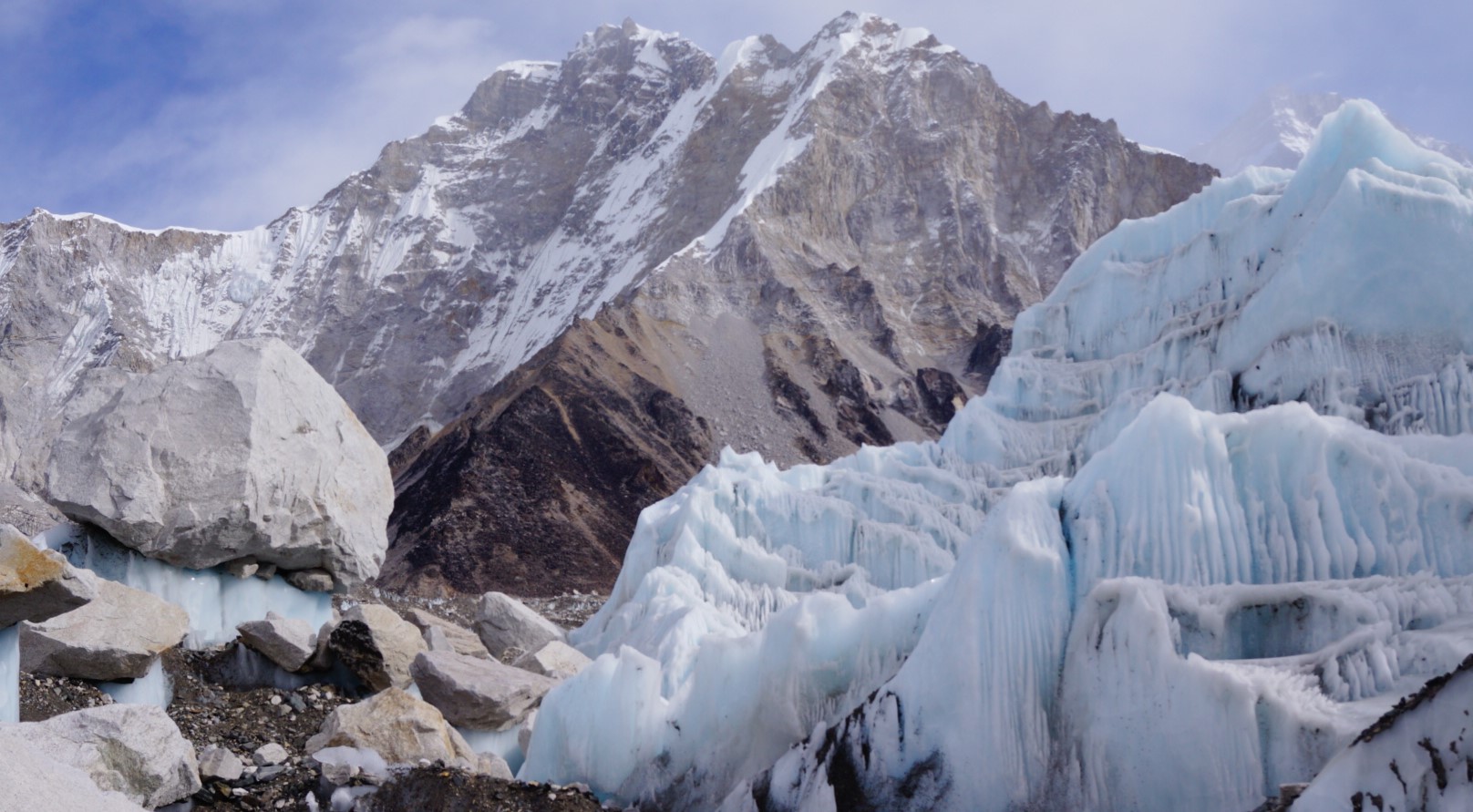
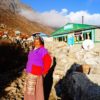
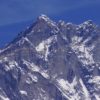
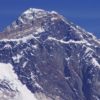
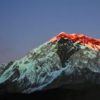
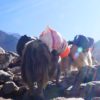
Tour Reviews
There are no reviews yet.
Leave a Review